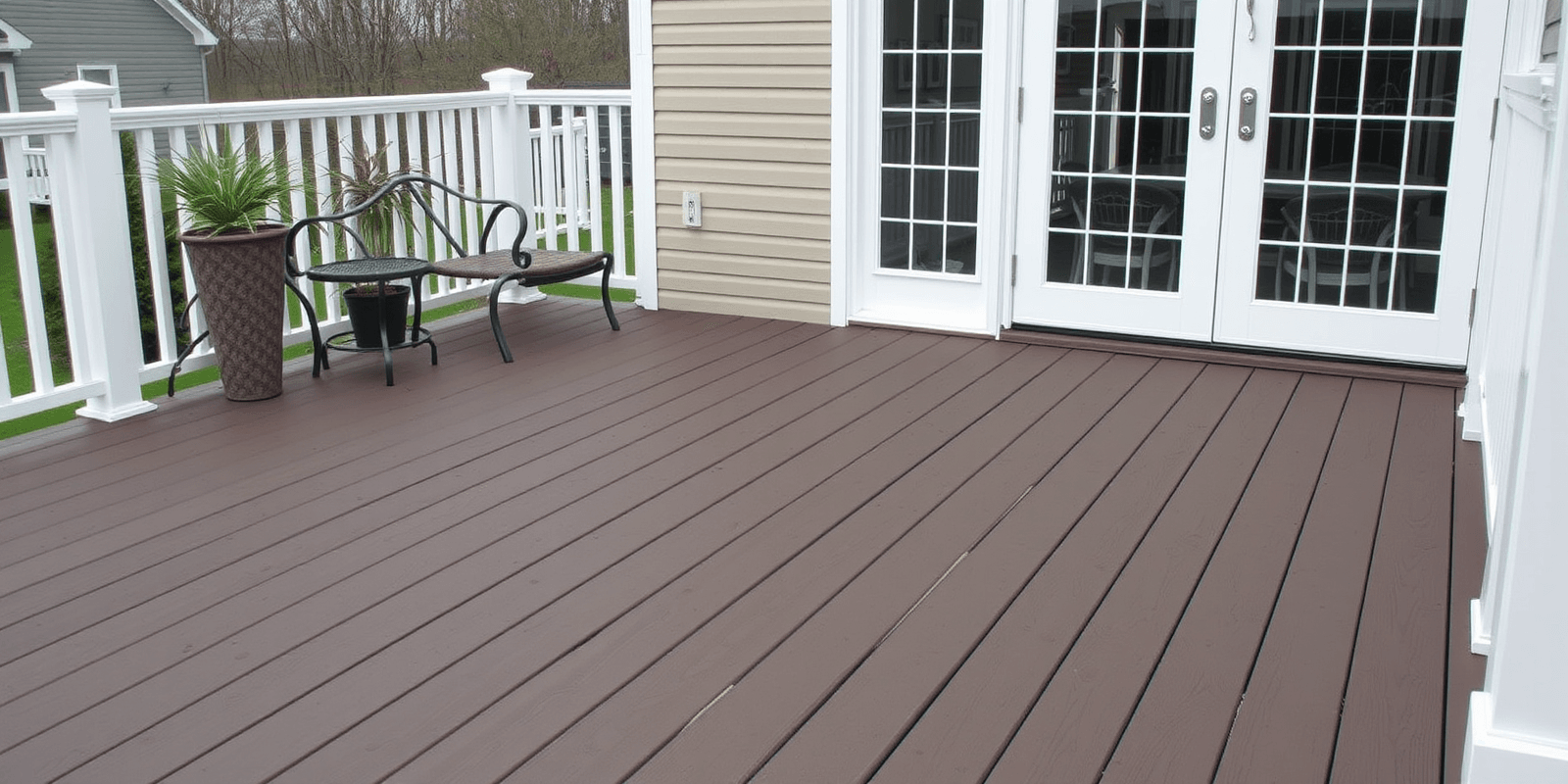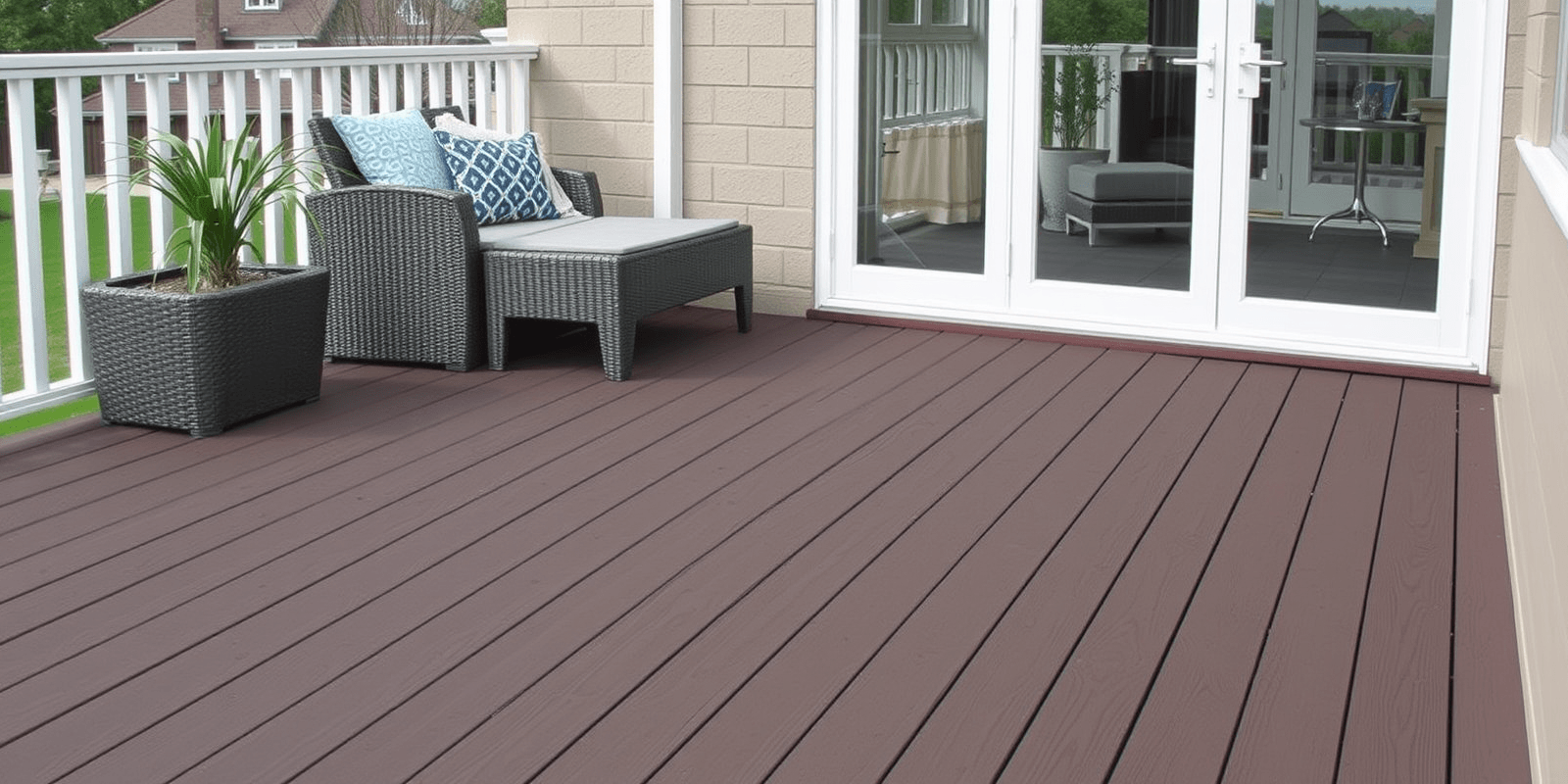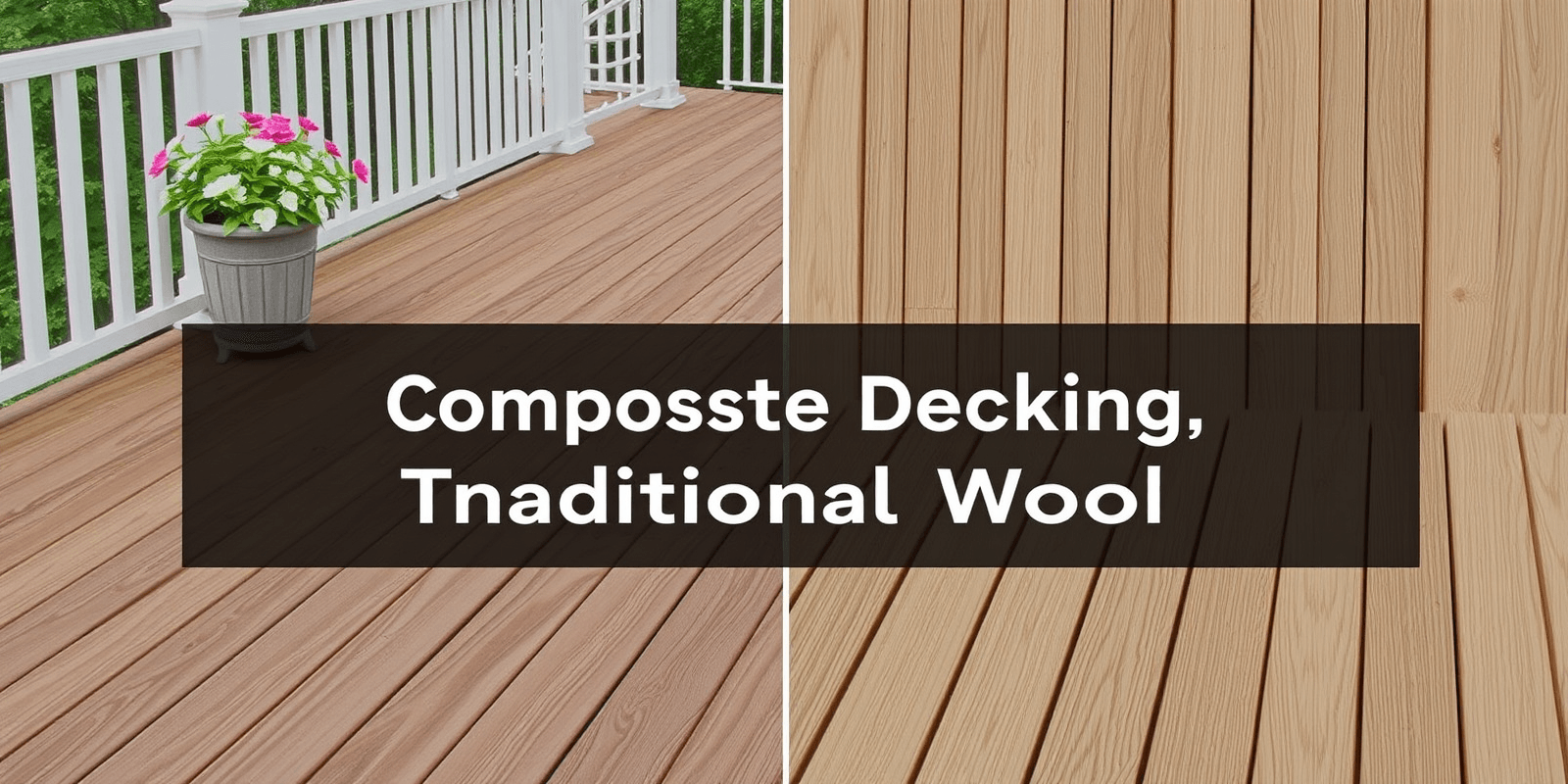composite decking
Introduction
Composite decking is a popular choice for homeowners looking to create a beautiful and durable outdoor living space. This type of decking material combines wood fibers with plastic resins, creating a product that is both environmentally friendly and long-lasting. When choosing composite decking, it’s important to consider several factors, including material composition, warranty, color options, and maintenance requirements. In this article, we’ll explore these key considerations and provide tips on how to match the decking with the overall aesthetic of your outdoor space.
Material Composition
The composition of composite decking materials can vary significantly between brands and products. The two primary components are wood fibers and plastic resins. Some manufacturers may also include other additives, such as UV protectants, colorants, or antimicrobial agents. Understanding the specific blend of materials used in a composite decking product can help you determine its durability, appearance, and environmental impact. For instance, a higher proportion of wood fibers might give the decking a more natural look, while a higher concentration of plastic resins could make it more resistant to moisture and rot. It’s advisable to research and compare different products to find one that meets your needs and preferences. (Source: Family Handyman)
Warranty
One of the most important factors to consider when selecting composite decking is the warranty offered by the manufacturer. A good warranty can provide peace of mind and protection against defects or premature wear. Most composite decking warranties cover issues like fading, staining, and structural defects. However, it’s crucial to carefully read the terms and conditions of the warranty, as coverage may be limited in certain situations, such as improper installation or extreme weather conditions. Comparing warranties from different brands can help you choose a product that offers the best protection for your investment. (Source: Bob Vila)
Color Options
Composite decking comes in a wide range of colors and finishes, allowing you to match the decking with the overall aesthetic of your outdoor space. From classic browns and grays to more unique shades like redwood and mahogany, there is a color option available to suit almost any design preference. Additionally, some composite decking products offer a variety of surface textures, such as grooved or smooth finishes. Consider how the color and texture of the decking will complement your home’s architecture and landscaping. For example, a darker shade might work well with a modern, minimalist style, while a lighter tone could enhance the warmth of a traditional wooden structure. (Source: Houzz)
Maintenance Requirements
While composite decking requires less maintenance than traditional wood decking, it still needs regular care to maintain its appearance and longevity. Common maintenance tasks include cleaning, sealing, and addressing stains or scratches. Cleaning can be done using mild soap and water or specialized deck cleaners, while sealing may not be necessary for all composite decking products. However, if your decking does require sealing, it’s essential to use a product specifically designed for composite materials to avoid damaging the surface. Stains and scratches should be treated promptly to prevent them from becoming more noticeable over time. By following the manufacturer’s recommendations for maintenance, you can ensure that your composite decking remains beautiful and functional for years to come. (Source: This Old House)
Tips for Matching Decking with Outdoor Space
To create a cohesive and visually appealing outdoor space, consider how the composite decking will interact with other elements in your yard, such as fencing, furniture, and landscaping. Choose a color that complements the existing features of your home and garden. For instance, a gray composite deck can provide a neutral backdrop for colorful plants and furniture, while a brown or redwood-colored deck can add warmth and richness to a natural setting. Additionally, think about the scale and proportions of the deck in relation to your house and surrounding landscape. A well-designed composite deck should not only enhance the functionality of your outdoor area but also contribute to its overall beauty and harmony. (Source: Better Homes & Gardens)
Conclusion
Choosing the right composite decking involves careful consideration of various factors, including material composition, warranty, color options, and maintenance requirements. By taking these aspects into account and matching the decking with the overall aesthetic of your outdoor space, you can create a beautiful and functional area that enhances your home’s value and provides enjoyment for years to come. With so many high-quality composite decking products available today, there’s no shortage of options to choose from. Take your time to research and select the perfect product for your needs, and enjoy the benefits of a low-maintenance, long-lasting deck. (Source: Popular Mechanics)



